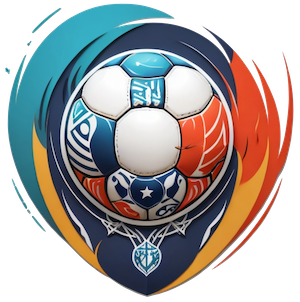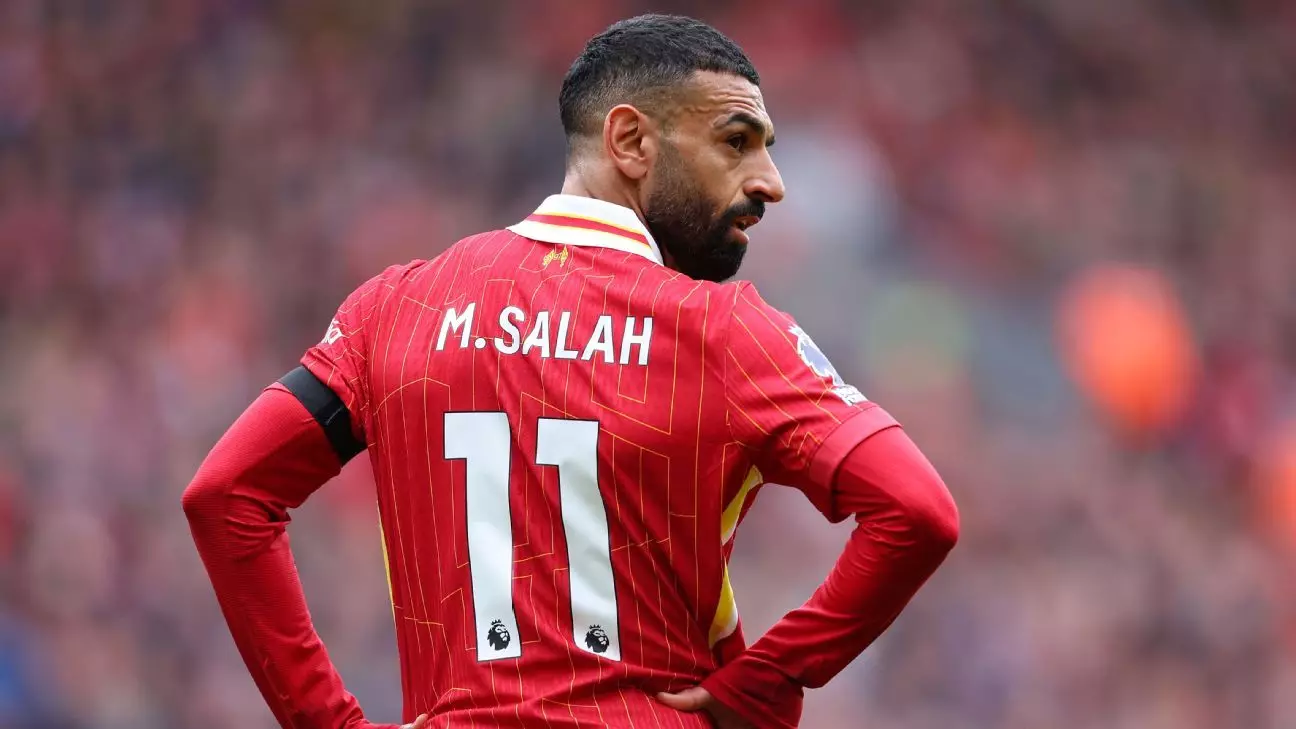Recently, the footballing world witnessed a significant development when Mohamed Salah extended his contract with Liverpool, much to the relief of fans and club officials alike. However, his situation remains fascinating, particularly in light of the Saudi Pro League’s ambitions. Saudi Arabia’s Minister of Sports, Prince Abdulaziz bin Turki Al-Faisal, has suggested that despite Salah’s commitment to Liverpool, he still embodies the profile the league aims to attract. This raises questions about player mobility and the strategies behind league formations.
Salah, whose performance has been nothing short of electrifying, netting 32 goals and amassing 23 assists this season, could easily fit the narrative of a star player moving to a new league searching for a lucrative contract. His stature as a globally recognized Arab Muslim athlete places him in a unique position, making him a potential focal point for Saudi Arabia’s sports ambitions. Yet it’s not just about individual glory; it speaks volumes about the ongoing evolution of the Pro League.
A League in Transition
The Saudi Pro League is currently undergoing a transformation that displays an impressive pivot away from attracting veteran talent towards nurturing the next generation. The arrivals of stars like Cristiano Ronaldo and Neymar once painted a picture of a league chasing big names at any cost. However, Al-Faisal’s comments hint at a deliberate shift towards securing younger players, who can help build the league’s future and competitiveness. With recent signings such as 21-year-old Jhon Durán and 25-year-old Moussa Diaby, the league is evidently aiming for sustainability rather than short-term acclaim.
The emergence of a younger demographic in signings suggests a strategic vision; the league is committed to developing homegrown talent and ensuring its competitiveness in the long run. This matches global trends where leagues are looking to balance between experience and youth, which is vital for a sustainable model that can attract talent both on and off the pitch.
The Challenge of Perception
Despite Al-Faisal’s assertions, skepticism still lingers regarding the motivations behind Saudi Arabia’s sports investments. The perception that they are only interested in high-profile transfers creates a narrative that overshadows the strategic planning evident in the league’s current recruitment approach. The minister’s insistence that the media often misrepresents players’ transfer prospects only accentuates the issue; while fanfare surrounds superstars like Salah, younger players may represent the keys to the league’s future.
What remains compelling is the question of how this will evolve. While the lust for international recognition remains vibrant, the Pro League’s ambition to cultivate an environment for younger talent could redefine its identity. By fostering a competitive atmosphere that prioritizes growth and skill development, they may very well revolutionize the landscape of not just Saudi football but also how leagues worldwide approach talent acquisition.
In sum, the intricate interplay between individual player decisions and league ambitions paints a complex picture of modern football, where both the old guard and the new wave have critical roles to play in shaping not just competitive balance, but a global sporting culture that resonates well beyond the pitch. The Saudi Pro League stands at a remarkable crossroads; how it navigates this journey will determine its future.

